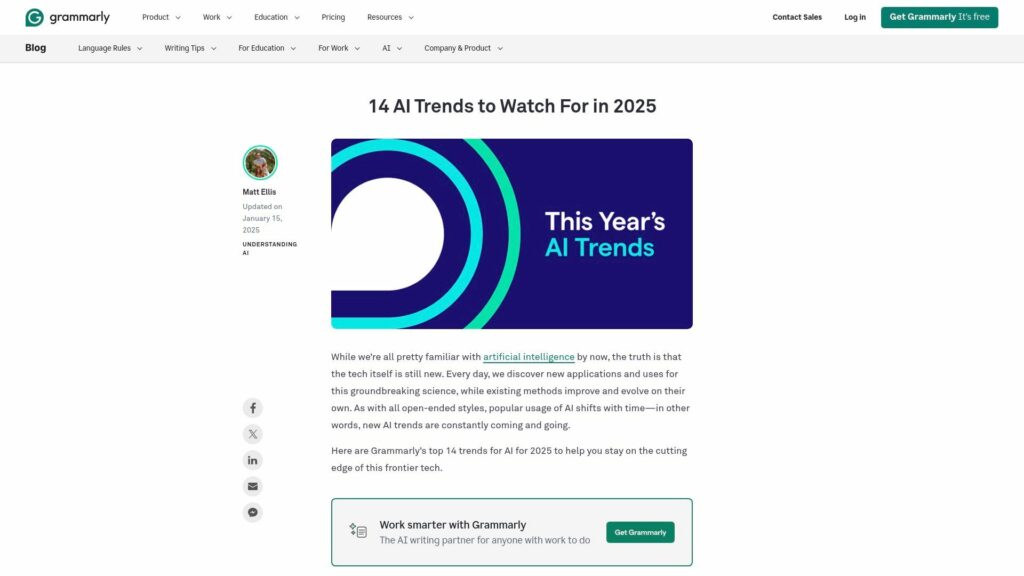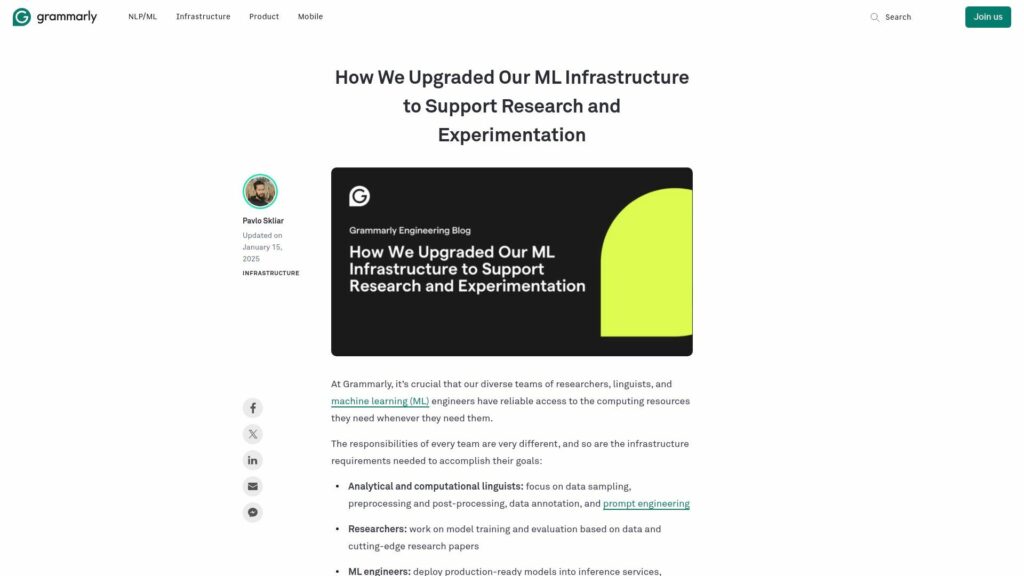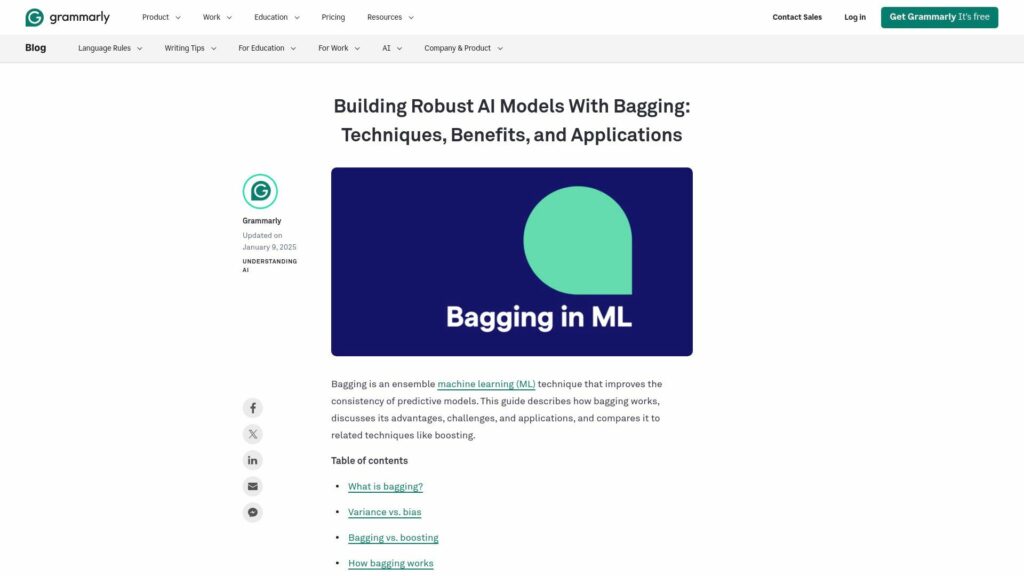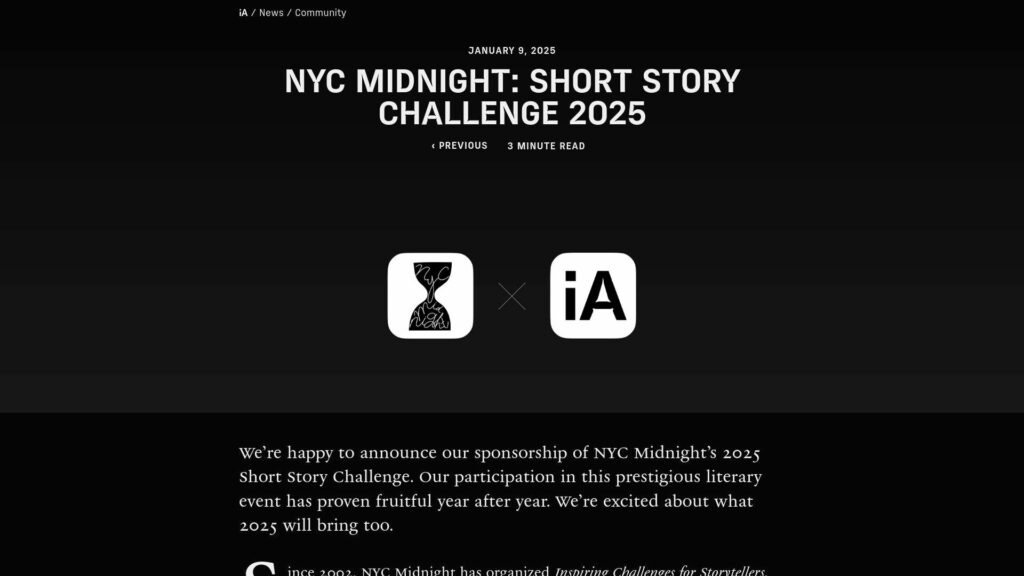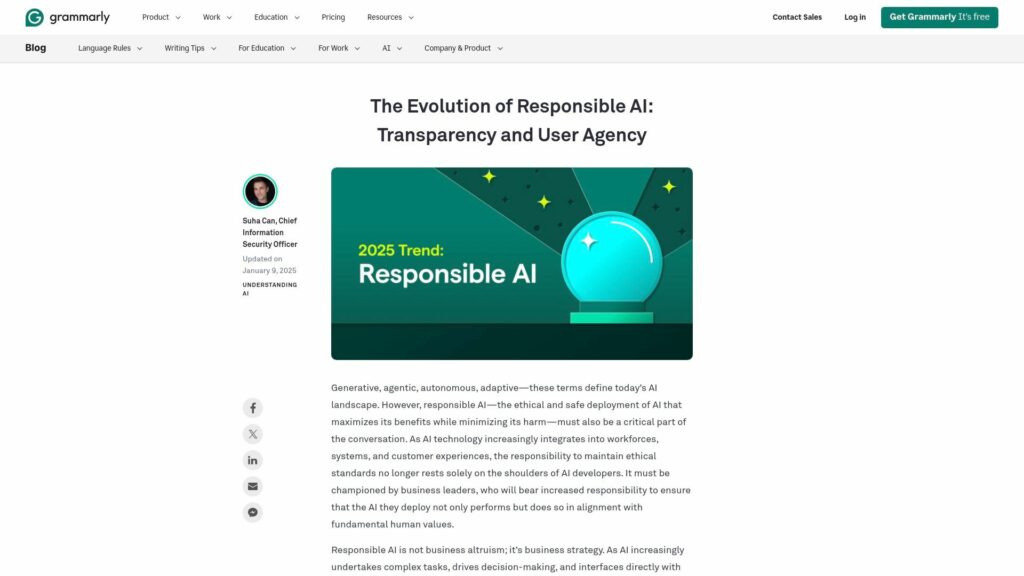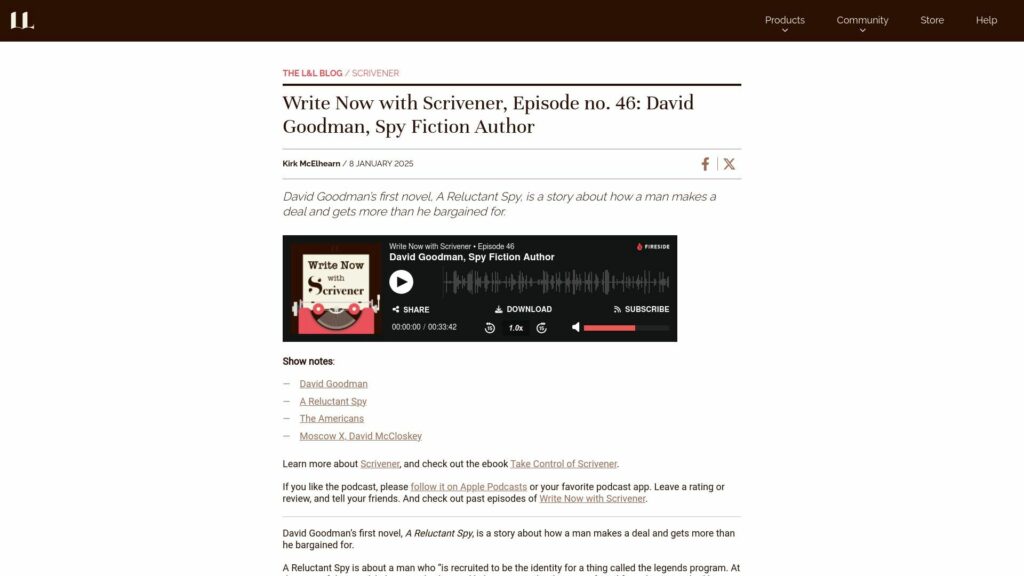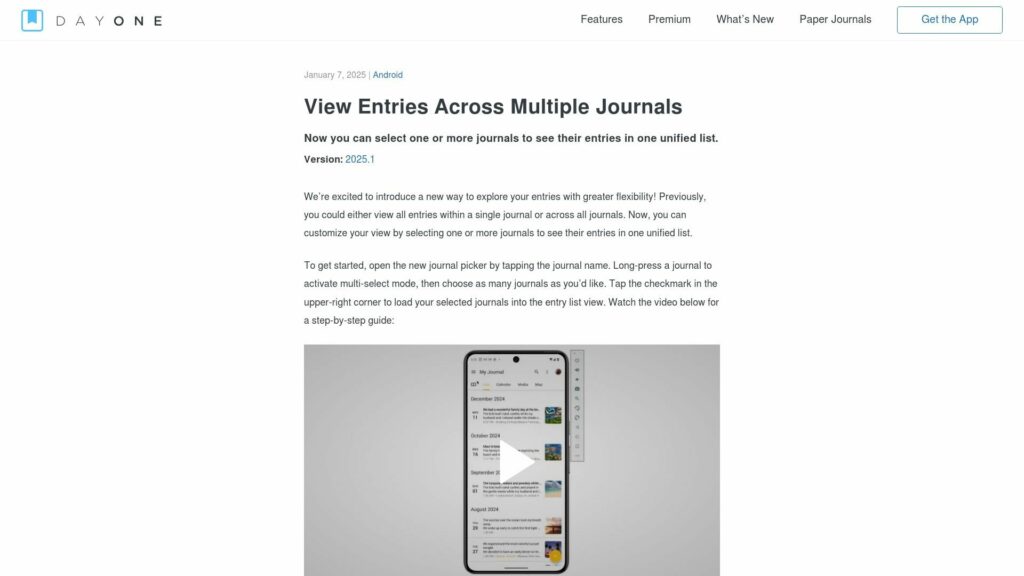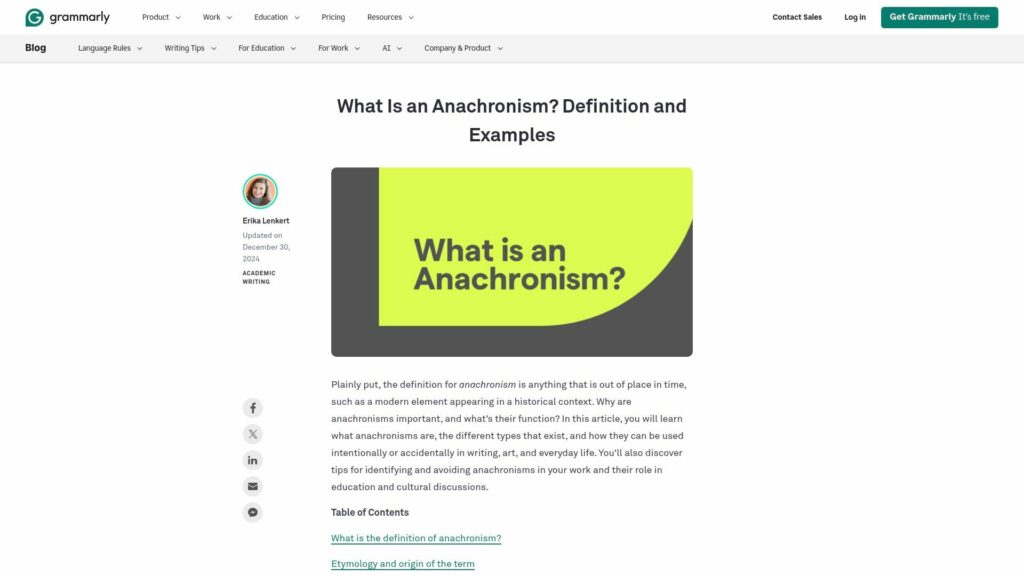14 AI Trends to Watch For in 2025
Extreme TLDR: AI tech is evolving with ongoing trends for 2025, including diminishing value of generic AI text, rise of intuitive AI user interfaces, advancements in AI detection for education, improved AI search capabilities, maturing AI video content, demand for transparency in AI use, specialized AI with advanced reasoning, AI variants collaborating, resurgence of predictive AI, growth of small language models, fading marketing hype around AI, AI's transformation of physical industries, development of emotion AI, and diminishing need for prompt engineering.

